By Susanne von Rosenberg, UC Master Gardener of Napa County
If you live in an older home, you likely inherited some amount of old landscaping. Many of us have already tackled the grass, but what about the rest of the garden?
Many plants that were once landscape standbys have now proven to be undesirable for a variety of reasons. Unfortunately, many perennials became landscape standbys because they were hardy and vigorous. Some of the more common of these plants include juniper (highly flammable), Algerian and English ivy (invasive; can kill trees and destroy fences; provides habitat for rodents), broom (highly invasive and flammable) and Pampas grass (highly invasive and flammable).
Unfortunately, mulches will not kill these plants. Mulches can effectively control annual plants, but they do not work for perennial plants that can resprout from underground parts.
Three basic types of removal are appropriate for perennial plants: mechanical removal, biological control or chemical control. There are no biological controls for any of these plants because many people still consider them desirable.
Mechanical removal includes hand removal, mowing, burning and selective grazing. Use caution when mowing during the dry season because of fire danger, especially if your property is rural. Mowing later in the season could also spread seeds.
While mechanical removal is more environmentally friendly, using post-emergent herbicides can also be successful. Chemical control is most appropriate for controlling resprouts. Depending on what you intend to plant next, you may have to wait a year or two after using the chemicals. Always follow the label directions and wear proper safety gear.
As for digging up these unwelcome plants, do it now when the soil is moist and the roots are more easily removed. When the soil is dry and hard, digging often just breaks off the stems, leaving most of the plant material to resprout.
Burning is not recommended for resprouting plants as it increase the population of these plants. Never burn poison oak; the smoke is a serious health hazard.
Hand removal can be effective for juniper, Pampas grass and its close relative, jubatagrass. Cut down or pull out Pampas grass or jubatagrasss before it flowers to avoid spreading seeds. Be careful; Pampas grass has sharp edges. After you have removed the plant, dig out the rootball. Watch for reprouting from any root fragments. It may take several years to get rid of the Pampas grass completely.
To remove juniper, cut the bush at soil level. The main trunks are often thick enough that you need a chainsaw to cut them. You can watch to see If any sprouts emerge from the roots left in the soil, or you can remove the main part of the rootball to reduce the likelihood of resprouting.
If you are eager to remove the rootball, cut the main roots a foot or so from the trunk and then pry the stump out of the soil. Even if you remove the main stump, it's still a good idea to periodically check for resprouts. I have cut a juniper hedge back to the ground and had no problems with any resprouts, even though I immediately planted new plants between the stumps.
Of all the plants on this list, ivy will likely take the most effort to eradicate. It can spread by rooting from growing stems, seeds and even from cuttings left on the ground. Digging out the plants can be effective if you remove the roots and stems, including all the runners. Wear gloves when removing ivy. Many people react to dermatitis-causing chemicals in the plant. And be prepared to come back regularly to get rid of resprouts from roots that you missed.
If the unwanted plants aren't near any plants you want to keep, and the area you want to clear is large, goats can be effective. You will still need to look for resprouts in the grazed area.
Mowing the resprouts is not generally recommended as it can encourage regrowth. However, you may succeed if you mow during the dry season and follow up consistently to mow resprouts as well.
Broom is in a category by itself. Tackle it during the dry season. Lopping it back when the soil is moist can result in vigorous resprouting. Broom rapidly develops a large rootstock. Within a couple months of germination, plants typically have rootstocks large enough to recover from a single mowing. You will need to mow multiple times to eliminate broom.
You can also cut mature broom near the base. That will provide some control if you do it when plants are moisture stressed, such as in late summer or after a dry winter. Cutting it down when the soil is moist will cause vigorous resprouting.
Library Talk: Napa County Master Gardeners will present a talk on “Chasing Sun in Shaded Yards” on Thursday, December 2, from 7 p.m. to 8 p.m. via Zoom. Does your yard have a limited supply of sunny locations to grow vegetables? Learn about site selection and cultural requirements for the plants you want to grow. Register here to receive the Zoom link.
Workshop: Napa County Master Gardeners will lead a workshop on “The Art of Raising Succuluents” on Sunday, December 5, from 1 pm to 3 pm, at the Yountville Community Center, 6516 Washington Street, Yountville. Discover how to care for and design with these colorful, unthirsty plants in your garden or on your patio. Attendees will get plant starts to take home. Yountville residents: $16; Non-residents: $18. Free to Golden Ticket members.To register, visit Online registration or telephone the Parks & Recreation Department at 707-944-8712.
Got Garden Questions? Contact our Help Desk. The team is working remotely so please submit your questions through our diagnosis form, sending any photos to mastergardeners@countyofnapa.org or leave a detailed message at 707- 253-4143. A Master Gardener will get back to you by phone or email.
For more information visit http://napamg.ucanr.edu or find us on Facebook or Instagram, UC Master Gardeners of Napa County.
Attached Images:
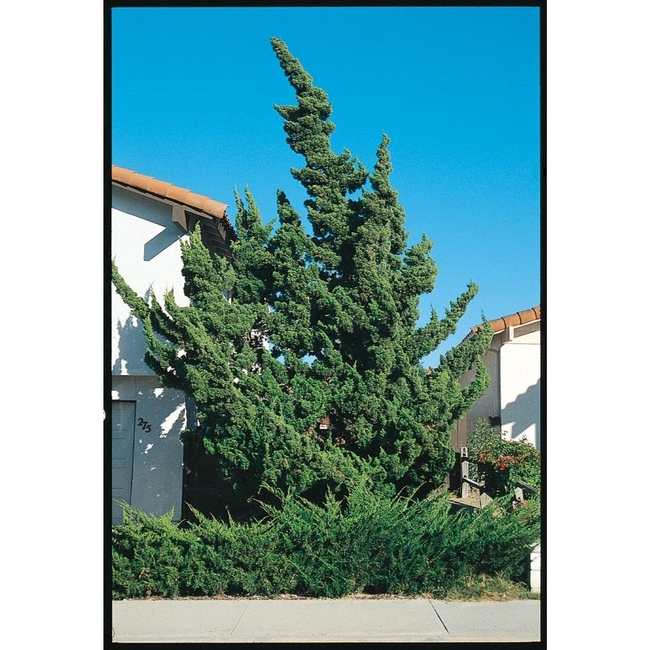
Juniper. (lowes.com)
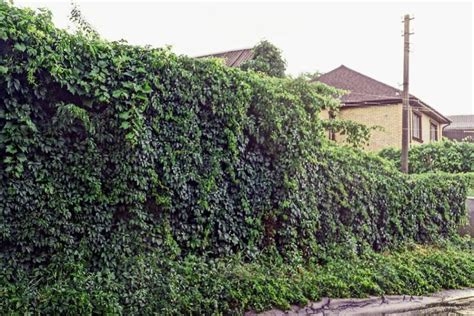
Algerian ivy. (allseasonsvcs.com)
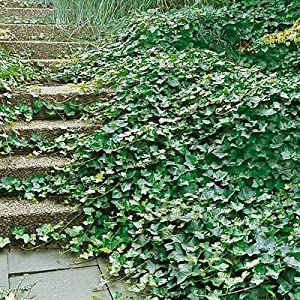
English ivy. (amazon.com)
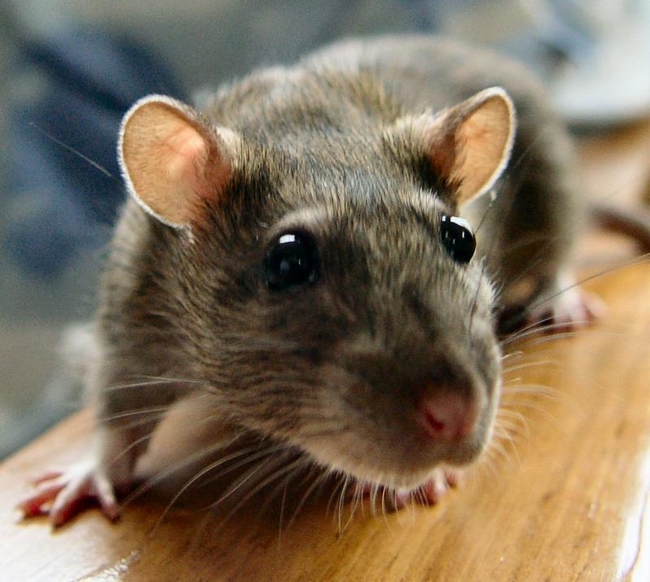
Dense swaths of ivy can be home to rodents. (slopestandtermite.com)
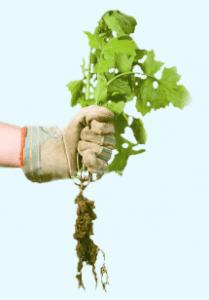
Remove unwanted plants by hand. (concordma.gov)
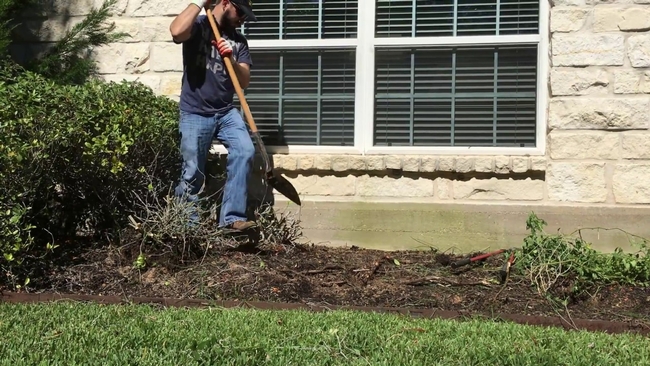
Another hand removal method. (mycoffeepot.org)
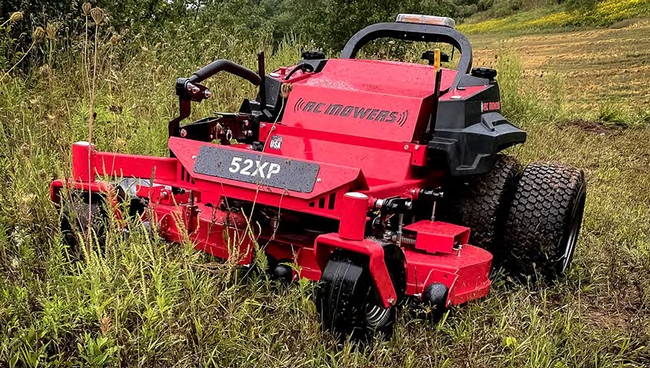
Sometimes mowers are useful in controlling undesirable plants. This is a remote-controlled one! (colvoy.ca)
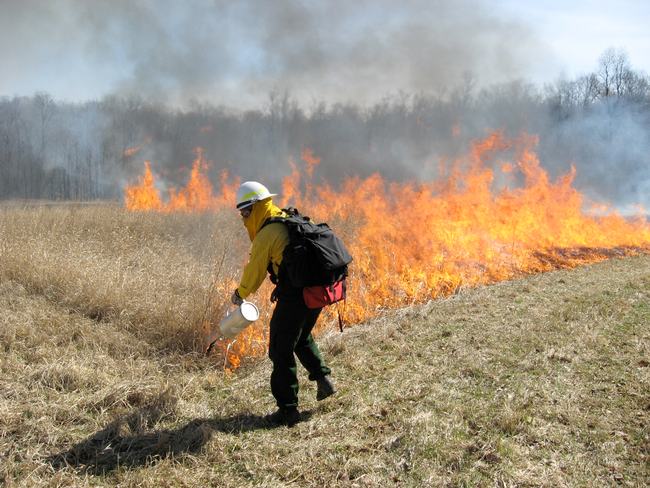
Burning out unwanted plants is probably best left to the experts. (environment.arlingtonva.us)
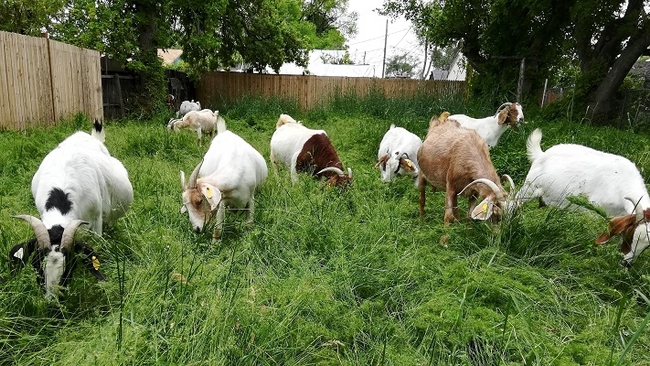
Selective grazing can be helpful. (jaguzafarm.com)
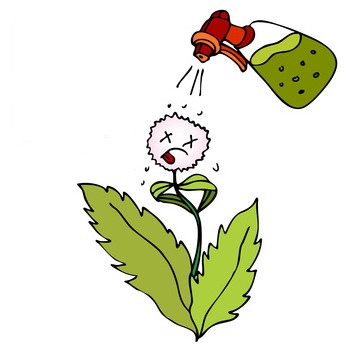
Sometimes, post-emergent herbicide is the best option. (better-lawn-care.com)
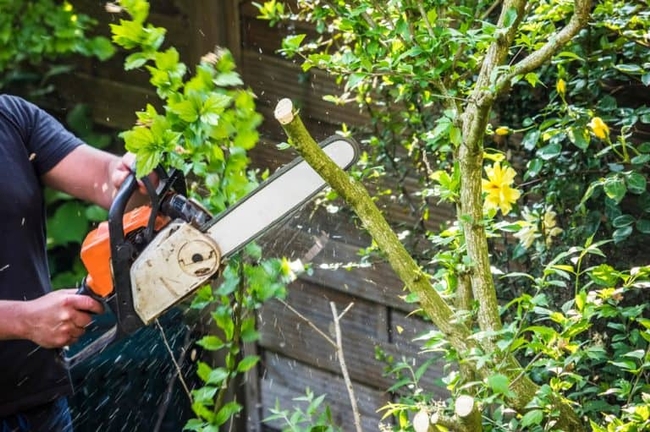
Some plant removal requires a heavy hitter. (thedailygardener.com)

Wear gloves when removing unwanted landscape plants, perhaps even gauntlet gloves. (lowes.com)
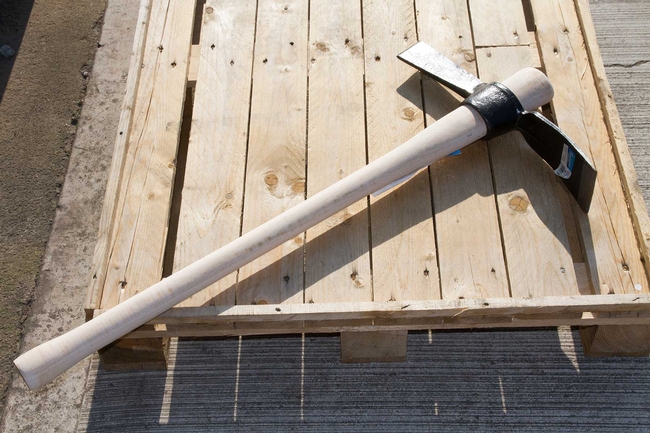
This is another heavy hitter, a mattock. Many kinds of brush grubbing tools are available; this is just one. (bamfordtrading.com)
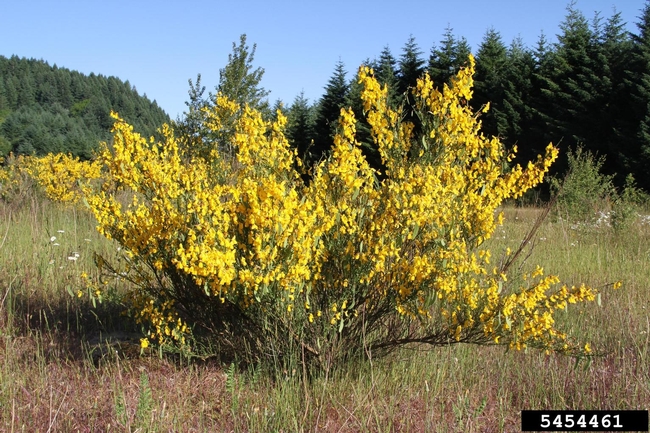
Scotch broom removal may require one of those mattocks!. (blogs.oregonstate.edu)